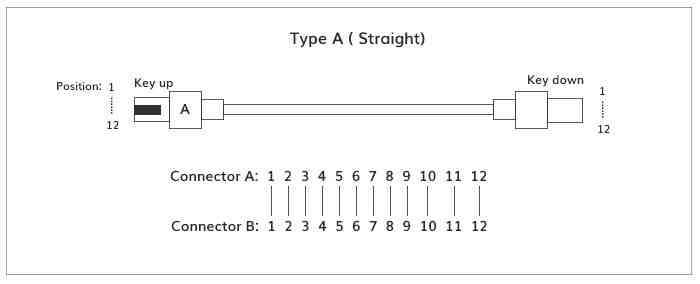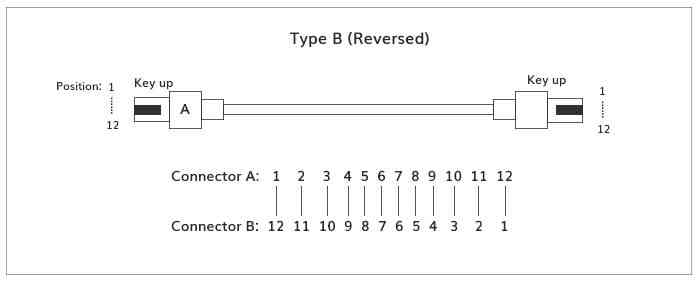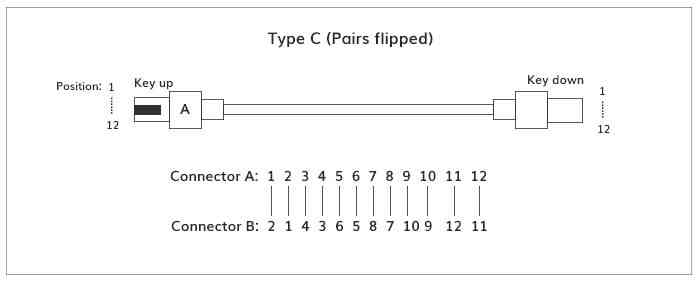Fiber optic cables drive modern communication. They are the only viable means for arranging the ultra-high-speed systems that run the backbones of digital communication. Long-range internet connectivity is dominated by fiber optic cables. Perhaps more importantly, the massive data processing that goes on at data centers does the majority of the workload for internet communications and digital information handling.
These centers require increasingly fast speeds and throughput, and innovations in fiber optics technology continue to drive their development. As the cables themselves become more advanced, data centers are able to expand their capacity and performance.
Today, there are two cables that are rising above many other configurations and technological options: MPO and MTP (branded connector from US CONEC of MPO). They offer many advantages in data center applications, and they are often the best cables for their cost for high-end applications.
MPO and MTP cables have many attributes in common, which is why both are so popular. The key defining characteristic is that these cables have pre-terminated fibers with standardized connectors. While other fiber optic cables have to be painstakingly arrayed and installed at each node in a data center, these cables are practically plug and play. To have that convenience while still providing the highest levels of performance makes them a top choice for many data center applications.
WHAT IS MPO?
MPO is short for the industry acronym—”multi-fiber push on”. The MPO connector is a multi-fiber connector which is most commonly defined by two documents: IEC-61754-7 (the commonly sited standard for MPO connectors internationally) and EIA/TIA-604-5 (also known as FOCIS 5, is the most common standard sited for in the US). MPO connectors are based on MT ferrule (showed in the picture on the right) which can provide quick and reliable high performance interconnections up to 4, 12, 24 or more and are usually used with ribbon fiber cables. The following picture shows diagram of MPO connectors, 12-fold (left) and 24-fold (right). The fibers for sending and receiving are colorcoded, red and green, respectively.
WHAT IS MTP?
MTP stands for “Multi-fiber Termination Push-on” connector and it is designed by USConec and built around the MT ferrule. MTP connector is a high performance MPO connector designated for better mechanical and optical performance and is in complete compliance with all MPO connector standards. Some main improvements of MTP connector are as following:
- The MTP connector housing is removable;
- The MTP connector offers ferrule float to improve mechanical performance;
- The MTP connector uses tightly held tolerance stainless steel guide pin tips with an elliptical shape;
- The MTP connector has a metal pin clamp with features for centering the push spring;
- The MTP connector spring design maximizes ribbon clearance for twelve fiber and multifiber ribbon applications to prevent fiber damage;
- The MTP connector is offered with four standard variations of strain relief boots to meet a wide array of applications.
Application of MPO/MTP Connector
As mentioned, MPO/MPT connectors are compatible ribbon fiber connectors. MPO/MTP connectors cannot be field terminated, thus MTP/MPO connector is usually assembled with fiber optic cable. MTP/MPO fiber optic cable is one of the most popular MTP/MPO fiber optic cable assemblies, which are now being widely used in data center to provide quick and reliable operation during signal transmission. MPO/MTP connectors can be found in the following applications:
- Gigabit Ethernet
- CATV and Multimedia
- Active Device Interface
- Premise installations
- Optical Switch interframe connections
- Interconnection for O/E modules
- Telecommunication Networks
- Industrial & Medical, etc.
MPO/MTP Connector Selection Guide
The structure of MPO/MTP connector is a little complicated. The picture below shows the components of a MPO connector.
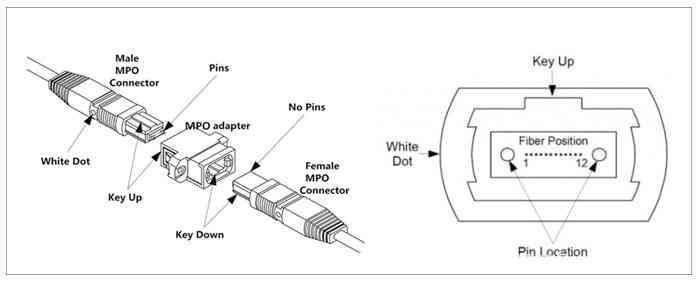
With the drive of market requests. Various types of MPO/MTP connectors are being provided. Some basic aspects should be considered during the selection of a MPO/MTP connector are as following:
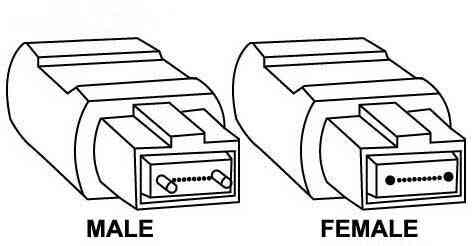
First is pin option. MPO/MTP connectors have male and female design (as showed in the picture on the left). Male connectors have two guide pins and female connectors do not. Alignment between mating ferrules of MPO/MTP connectors is accomplished using two precision guide pins that are pre-installed into the designated male connector. Second is fiber count: MPO/MTP connector could provide 4, 6, 8, 12, 24, 36, 64 or more interconnections, among which 12 and 24 are the most popular MPO/MTP connectors. In addition, like other fiber optic connectors, the selection of a MPO/MTP connectors should also consider fiber type and simplex or duplex design.
MPO/MTP Connector is a popular multi-fiber connector for high port density. It can offer ideal solution to set up high-performance data networks with the advantages of time saving and cost saving. As an important technology during migration to 40/100 Gigabit Ethernet, MTP/MPO connector is now being adopted by more and more data centers.
Polarity Types
Since MTP and MPO cables conform to color-coded fiber standards, it’s easier to consider the possible polarity arrangements and how to use them. While many arrangements are theoretically possible, the industry mostly conforms to three normal polarities.
